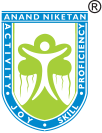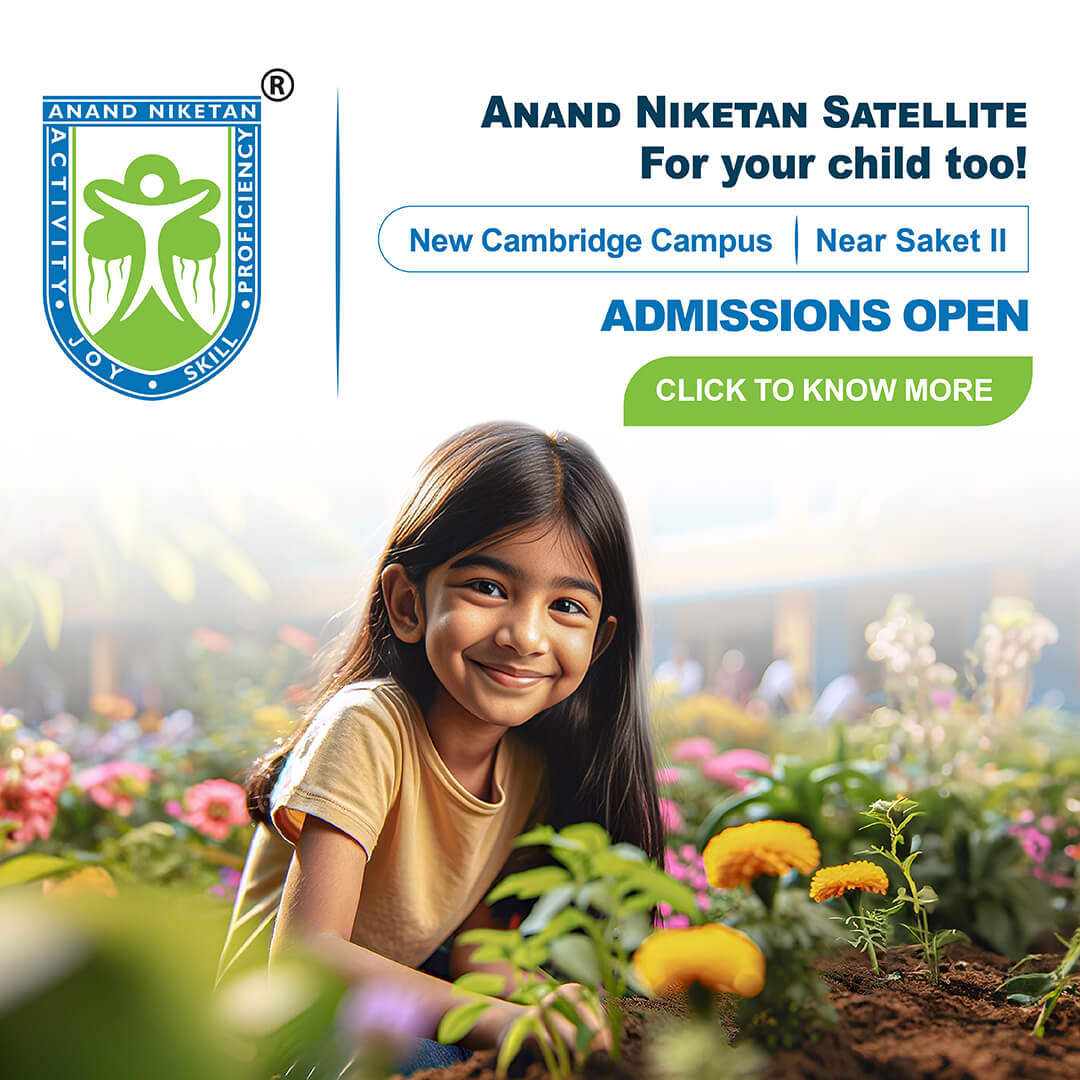Activities
Taking cue from the fact that learning is a movement from moment to moment, we have painted / decorated our corridors, floors and classroom walls with child friendly images, hangings / dangling that creates conducive and engaging environment to ignite their curiosity and stimulate their imagination.
We also encourage them to use themselves, their body to make different formations like shape, letter, number, design, maze and much more. Various day to day equipments like fruit basket, tongs, scooper, squeezer, pegs, papers, waste cloth pieces, card board boxes, water bottles and indigenous materials are used to develop their fine motor skills and visual spatial intelligence.
Our amphitheatre floor gets transformed into a dream city by our young architects when they get freedom to express and explore their ideas using thick chalk, various size blocks & beads. It fosters their ability to focus and enhance the attention span, gives meta- messages and life skills.
We treat environment as a third teacher and capitalize on natural resources like dried leaves, twigs, flowers, pebbles, etc. to nurture our young learners’ curiosity and creativity which further enables them to make efficient use of their senses, at the same time sensitize them towards nature.
According to Reggio Emilia approach Light is described as “one of the great emotive components of our perception We use ‘Light’ (natural and artificial) and ‘Shadow’ as a medium to encourage active investigation & discovery.
Children are provided with different materials like mirrors, CDs, baskets of different sizes and designs, colourful cellophane papers, torches, etc. in a dark room as well as in the sunlight. They explore the material provided & investigate what happens in the presence of light. They come up with some amazing ideas using these materials on the floor as well as walls, making creative patterns.
Coding
It is also known as computational thinking – a ‘bicycle’ for human minds. It is a new type of literacy, just as writing helps to organize thinking and express ideas; the same is true for coding. Children are engaged with a variety of material like ice cream sticks, arrow cards, beads, work cards, story cards, etc. to help them understand coding and apply the same in real life situations.
Practical life activities
Any child who is self-sufficient, who can wear shoes & socks, button shirt, dress or undress himself, wind up after play, pack & carry school bag, sweep & mop, wipe & wash, try hands on cooking experiences reflects in his joy and sense of achievement, the image of human dignity, which is derived from a sense of independence. Allowing children to gain independence and self-discipline is the purpose of our Practical Life Activities.
Thinking Routines
These are short, goal oriented, easy to learn, child-centered classroom strategies that extend and deepen child’s thinking. They are the short series of steps that guides the thought process. Exposing children to such activities leads to growing in confidence, improving critical thinking and being open to discussions. Teacher poses a situation or a problem and children get together in groups, discuss the strategies, derive a plan and execute it confidently.
Reflective Drawing
“The first writing of the human being was drawing, not writing” Reflective Drawing is a reflection of children’s inner world, a snapshot of a their point of view to express their feeling, thinking and understanding. It enables their imagination to become more active, each time they draw they access their imagination and make physical representations of what’s in their mind. It’s rightly said, “How you draw is how you feel about the world. You are not capturing it, you are interpreting it.”
Play Time
Play is how children begin to understand and process their world. Play is the foundation of all learning for young children as they learn best through physical and mental challenges. Joeys Juggling Junction offers a wide range of opportunities/materials to explore, experiment and construct their own understanding of the small world around them. Play leads to improving their skills of movement, coordination, control and manipulation to master skills and enhance self-confidence. Moreover, children develop a sense of ownership, learn to interact with other children and enlarge their peer group.
Children have exposure to gross motor skills through parachute play, trampoline, balancing beam, slide, swings, football, obstacle trail (hop, jump, skip, run, crawl, etc., athletic events/races, etc.
Children can master the art of estimation, aiming and balancing as they play with blocks, rings, bottles, spoons, disposable glasses, balls, etc. Organized games like musical chair, dog & the bone, kho-kho, dodgeball etc contributes to their social-emotional development.
Play helps children to learn the skill of sharing, working within groups and develops the sportsman spirit.
Thus, these are some of the innovative activities apart from our routine activities like, building blocks, puzzles of various levels, creative arrangements, art activities, readiness activities, song sessions, recitation, story narration with innovative techniques, role play, dance sessions etc. that are part of our daily schedule.
Extra Curricular Activities
Field trips have long provided children with additional learning opportunities and experiences outside of the standard educational environment. It’s the break in routine and adventure that opens up their minds to new things and provokes them to think out of the box that enhances their background academic knowledge and observation skills. . Field trips are a path to enhanced and effective learning as they enrich and expand the curriculum, strengthen observation skills by immersing children into sensory activities. Hence we at Joeys, bank on these learning invitations by organizing regular field trips to places like Sundervan, Animal Farm, Ice cream factory, Traffic Park, My Gym, etc., right throughout the year. Moreover we also do a follow up activities like reflective drawing (for all the 3 grades) & writing ( by K2 children) about their field trip experience.
Most of the experiences gathered from field trips are derived from their surroundings, it is hence crucial to provide quality interactions that nurtures and refines their learning process.



